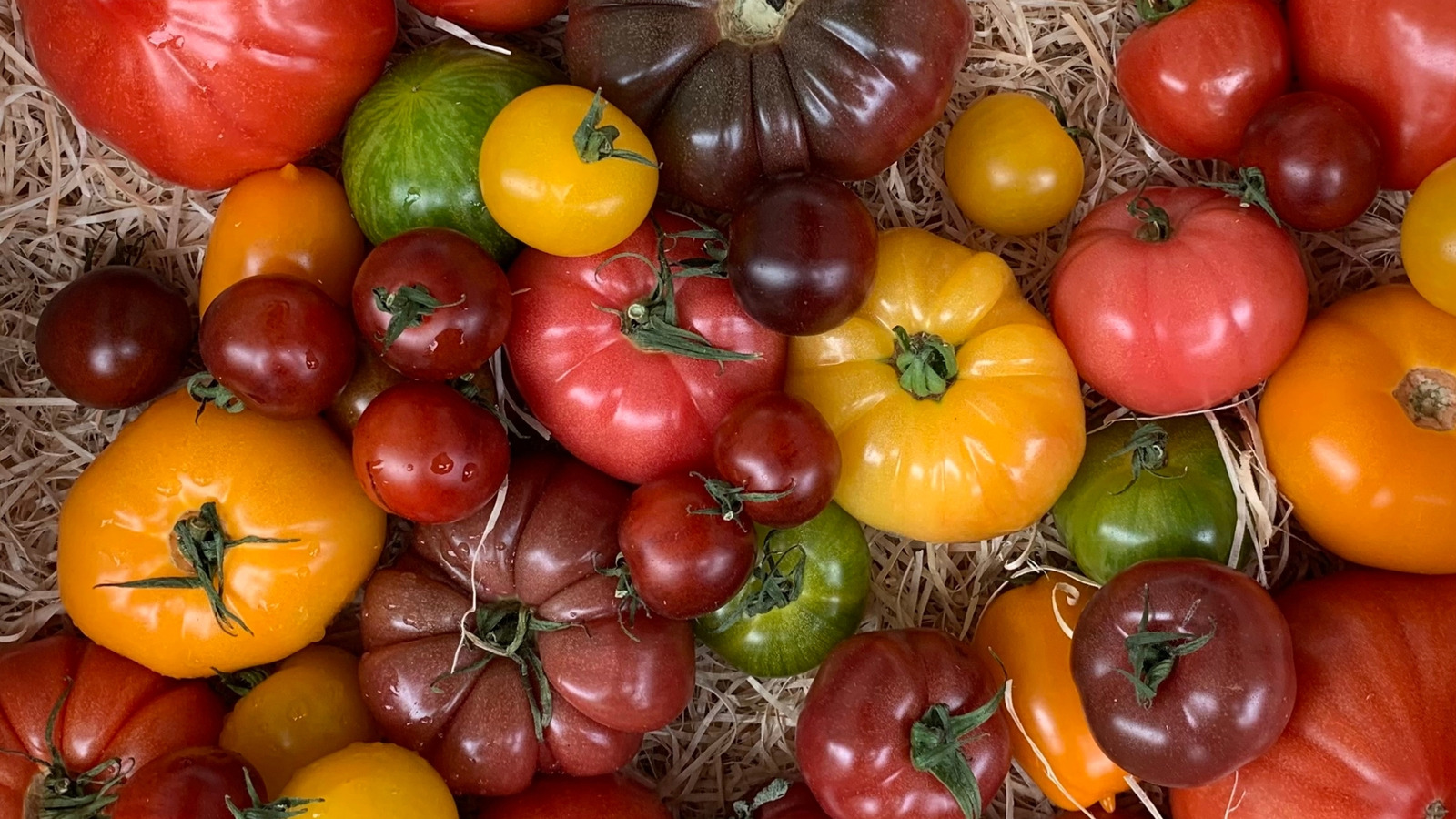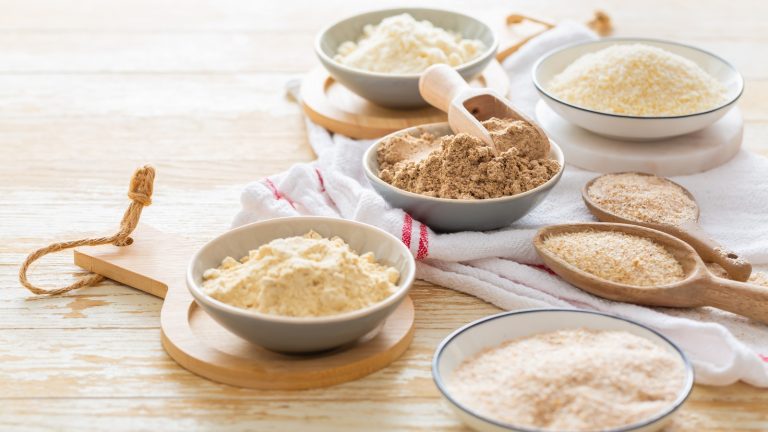Arguing over the pronunciation of tomato may be enough for friends or loved ones to call the whole thing off, as the Gershwin song says, but if there’s one thing people won’t have petty arguments about is the amazing flavor of heirloom tomatoes. This is especially true of the Cherokee Purple, a deep rich smoky variety of heirloom tomato. With hues of its namesake color as well as browns, greens, and reds, the Cherokee Purple is consistently regarded as one of the best heirloom tomato varieties.
Until the 1990s, most of us knew what we were getting when we bought a tomato. Sure, they came in different sizes and slightly different shapes depending on the region and the season, but you could pretty much guarantee the color and flavor you’d get, whether you were buying Romas, beefsteaks, or Jersey tomatoes — a consistency made possible by crossbreeding. But when heirloom tomatoes, the multi-colored, irregularly-shaped and often mottled varieties, started appearing at farm stands and high-end restaurants, eating a tomato became a completely different experience. Grown from seeds at least 50 years old that have been open-pollinated rather than crossbred, the most consistent thing about the jewel-toned heirlooms is their delicious juiciness.
North Carolina chemist and tomato grower Craig LeHoullier is widely credited with popularizing the Cherokee Purple after he received seeds from a fellow gardener. The gifted seeds had been in the neighbor’s family for a century and was believed to have Cherokee origins. When LeHoullier shared this gift with several seed companies, love for the Cherokee Purple spread.
Cherokee tomatoes can be hard to identify at your local grocer
Unfortunately, heirloom tomatoes are usually marketed at farmers markets and in restaurants and grocery stores under the broad heirloom umbrella, so you likely won’t know when you’re buying or eating a Cherokee Purple unless you know them by sight, or ask a trusted farmer at the market. The only way to really know for sure is to grow them yourself. To promote the sweet, smoky, and rich flavors of these special heirlooms that you only get from tomatoes grown in the warm sun of summer, Cherokee Purples are best grown starting in March (in the southern United States) or May (in the north) and continuing through the summer. They do need lots of sunlight but can withstand humidity pretty well. If you do grow them at home, don’t let them completely ripen on the vine or they might burst. It’s best to pick them just beforehand and then let them ripen in the kitchen for a day or two.
Like all heirloom varieties, Cherokee Purples are perfect for upgrading any dish that includes or relies on the bright, flavorful depth of a tomato. Whether it’s an ingredient swap to enhance your guacamole, a new spin on that refreshingly cold summer soup like gazpacho, or the star of a flavor-packed bruschetta, Cherokee Purples will make almost any summer dish taste better. Even if you say tah-may-tow and I say tah-mah-tow, I’m sure we will agree that Cherokee Purples are a great way to enjoy the flavors of summer.






